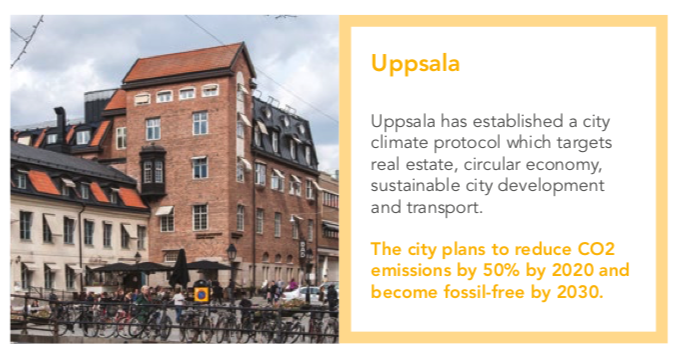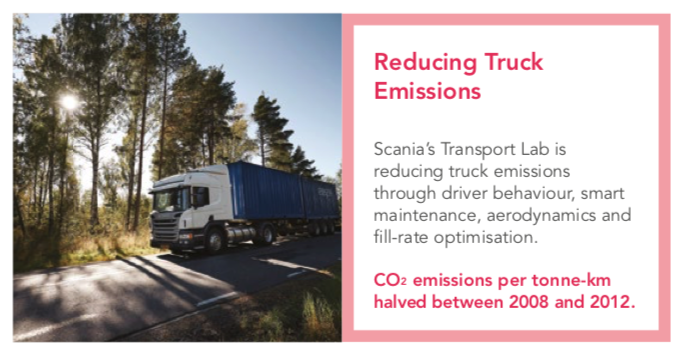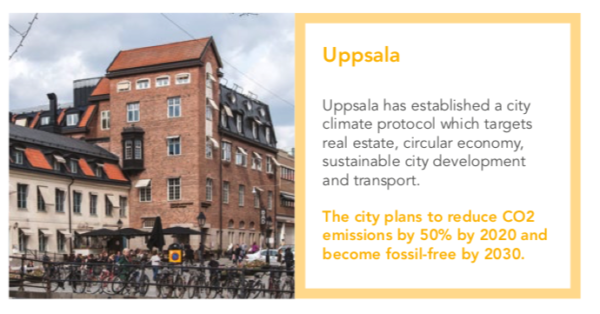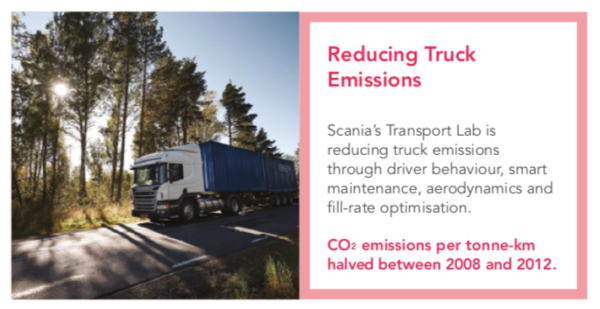The report published last September to open the Global Climate Action Summit is a roadmap that charts essential steps to catalyze action potentially halving greenhouse gas emissions by around 2030. The authors – a collaboration between Future Earth, the Finnish Innovation Fund Sitra, the Stockholm Resilience Centre, Mission 2020, WWF and Ericsson – say, stronger policies, the digital revolution, and greater climate leadership are necessary to accelerate the economic transformation. Technology can directly influence 30% of the emissions cuts needed, and indirectly affect the rest through influencing consumer habits, scaling up a sharing economy and supporting business transformation to a circular economy.
Arguments for the power of policies are also to be found, co-lead author Owen Gaffney from Future Earth and the Stockholm Resilience Centre gives an example: “People underestimate the power of exponential growth. In Norway, electric cars went from 6% of new sales to 47% in five years. If renewables keep doubling every five or six years, as they have for a decade or more, they will push out fossil fuels much faster than most forecasts. But not without stronger policies”. The roadmap identifies the accelerators in terms of climate leadership, policy, and technology required to scale solutions and concludes that a set of game-changing strategies in the next 18 months are needed to keep up an appropriately fast pace.
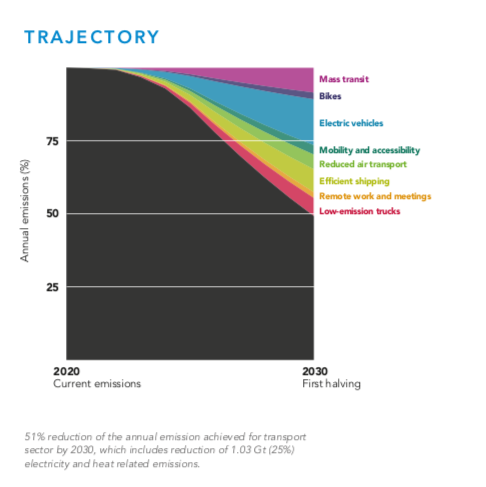
According to the roadmap these strategies include:
1. Accelerate climate leadership initiatives exponentially among companies, cities, industries and individuals to reach a critical mass with goals and actions to halve emissions fast.
2. Create task forces to build momentum to end fossil-fuel subsidies, build out carbon pricing and wide-scale adoption of circular-economy approaches, as part of a broader goal to have coherent policies to shift away from fossil fuels.
3. Launch global tech initiatives, or “accelerators” to align the Fourth Industrial Revolution (digitalisation, artificial intelligence, cloud computing, internet of things, etc) with the goal to halve global greenhouse gas emissions by 2030 – specifically to explore how tech giants can use their influence to support societal goals.
A fascinating outlook that we will further investigate and pick up on is that the roadmap will be available as a ready-to-use digital dashboard. It is intended to be used in the future by companies, cities, and countries to align their efforts with the Paris climate targets. The dashboard has been developed by Fossil-free Sweden, MapLauncher and the Swedish Energy Agency for the Swedish government to support its stated ambition to become carbon neutral by 2045.
The report is a collaboration between Future Earth, the Finnish Innovation Fund Sitra, the Stockholm Resilience Centre, Mission 2020, WWF, Ericsson, Internet of Planet and supporting partners Telia Company, Project Drawdown, KTH Royal Institute of Technology, Fossil-free Sweden, MapLauncher, Swedish Energy Agency and Storythings. It supports the Step Up Declaration being launched at the summit and Entrepreneurs Declaration launched in advance of the summit.
The full report is available at www.exponentialroadmap.org
